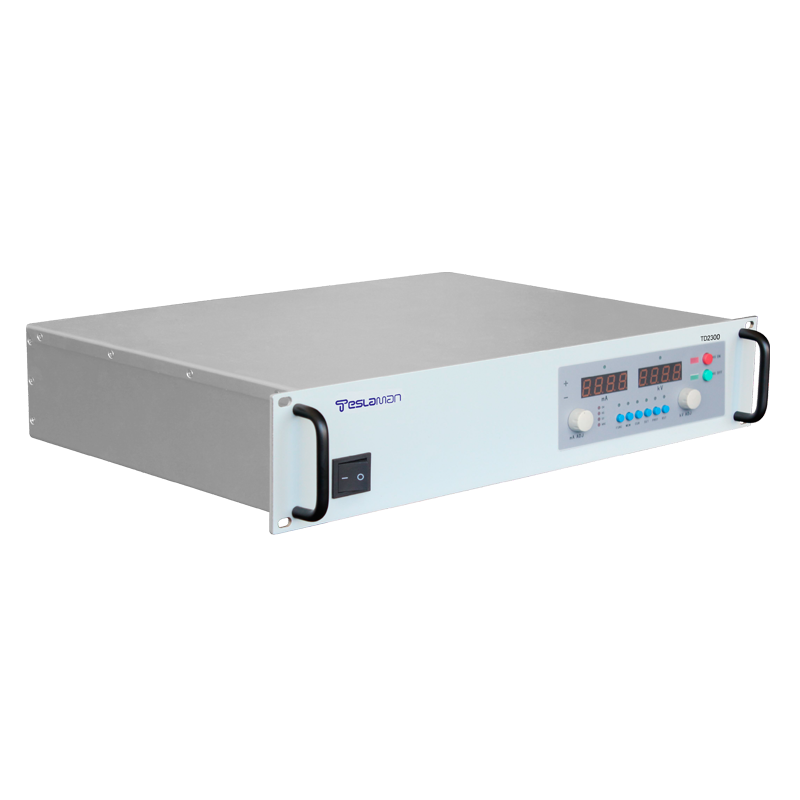Modular Power Supply Innovation and Application in Lithography Systems
The operational paradigm of modern lithography systems, particularly those operating at deep ultraviolet (DUV) and extreme ultraviolet (EUV) wavelengths, is fundamentally enabled by a distributed, high-performance power architecture. The move from monolithic power structures to a modular power supply (MPS) approach represents a significant innovation that addresses the complex requirements for power quality, spatial integration, fault tolerance, and serviceability within these multi-subsystem tools. A contemporary lithography scanner is not a single entity but an intricate assembly of highly specialized modules, each demanding tailored power characteristics—from nanometer-precision stage motors and sophisticated optical column thermal controls to the intense, pulsed power required for the light source.
The core application of modularity in lithography power systems lies in enhancing power quality and localization. By segmenting the power delivery into discrete, application-specific modules, engineers can isolate noise and electromagnetic interference (EMI) generated by high-power, high-current components (like the light source HV unit or high-speed motor drives) from the ultra-sensitive electronics responsible for motion control, metrology, and pattern alignment. This isolation is paramount for achieving the nanometer-scale precision required for overlay and focus control. Each MPS unit is designed with optimal filtering and shielding for its specific load, ensuring that the power consumed by one subsystem does not introduce voltage ripples or transient spikes that could destabilize another. This localization of power conditioning is critical, as the overall lithography performance is directly correlated with the purity of the power delivered to the most sensitive control loops.
Furthermore, the modular architecture drastically improves system scalability and reconfigurability. As lithography technology evolves—for instance, moving from standard NA EUV to High-NA EUV, or integrating new components like advanced contamination control systems—the power requirements change. With a modular approach, the power system can be rapidly scaled by adding or upgrading specific MPS units without redesigning the entire power backplane. This flexibility is essential for extending the platform's lifetime and accommodating process evolution with minimal downtime. For maintenance and troubleshooting, modularity is a game-changer. Unlike a monolithic power supply failure, which necessitates a full system shutdown and potentially a lengthy and complex repair, the failure of a single MPS unit allows for quick diagnosis and hot-swapping (where feasible). This reduction in mean time to repair (MTTR) is a critical factor in maximizing the tool's availability and thus its overall economic efficiency in high-volume manufacturing (HVM). Built-in self-diagnostics within each module allow for predictive maintenance, alerting operators to degrading performance metrics (such as increasing temperature or minor voltage drift) before a catastrophic failure occurs, shifting the maintenance strategy from reactive to proactive.
The application of high-density MPS designs also addresses the significant spatial and thermal constraints within the lithography system cabinet. Lithography tools are massive but internally dense, demanding maximum power conversion efficiency in a minimal volume. Advanced MPS units employ high-frequency switching topologies and wide-bandgap semiconductor devices to minimize component size and heat dissipation. The distributed nature of the modules allows for optimized heat removal, preventing the formation of localized hot spots that can degrade component reliability and introduce thermal expansion-related errors into the sensitive optical column or stage mechanics. In essence, the innovation in modular power supply units transforms the complex and diverse power needs of a lithography machine into a manageable, highly reliable, and easily serviceable network of localized power micro-grids, providing the backbone of stable and precise energy delivery essential for advanced patterning at the nanoscale.




















